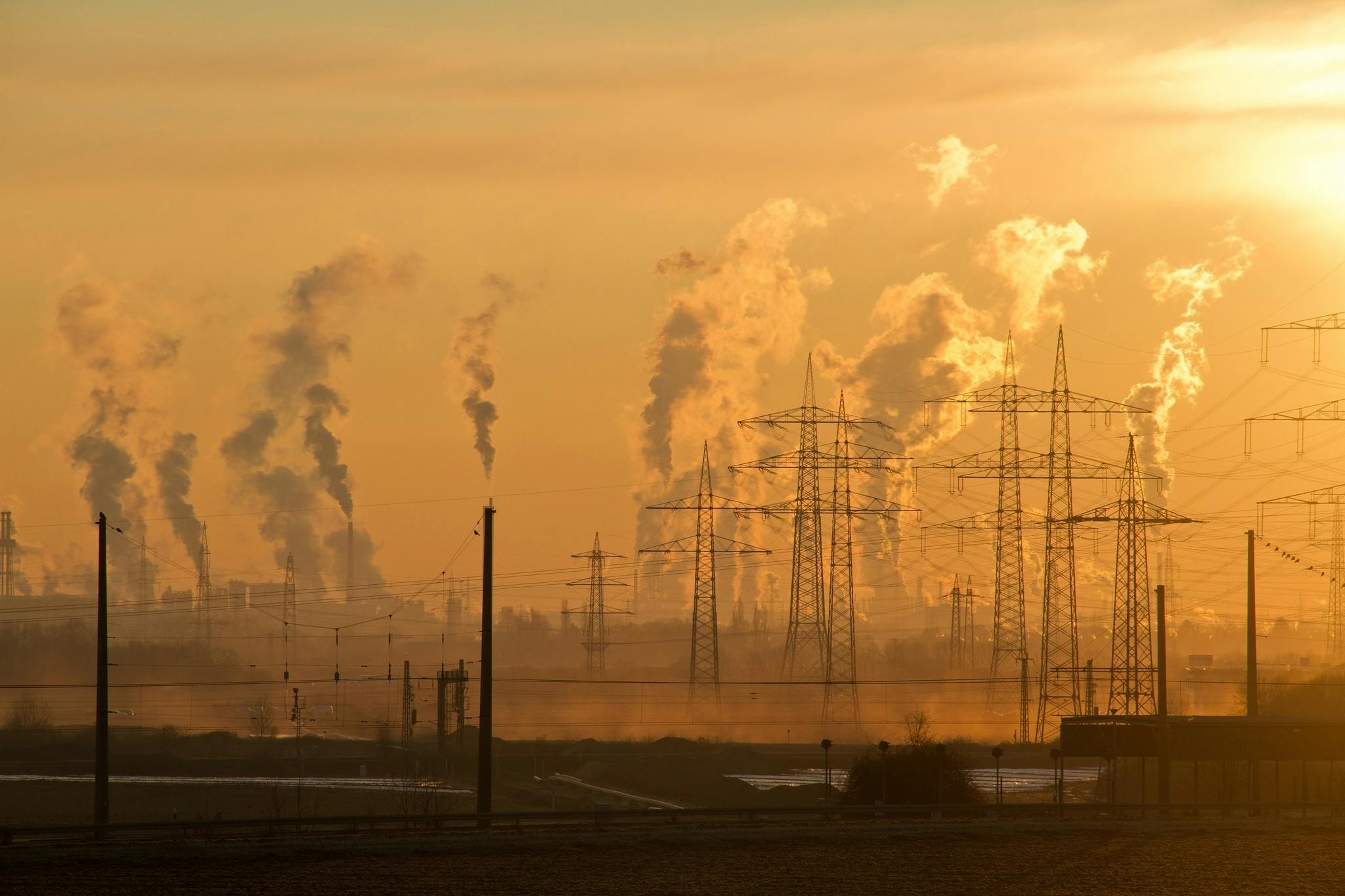What is Air Pollution? Source, Prevention and Effect - Explore Fact
Other planets have sunlight, but the earth is
the only planet we know that has air and water, the Earth would we enable to
sustain life.



What is Air Pollution? Source, Prevention and Effect
Air
Pollution occur when the air contains gases, dust, fumes or odour in harmful
amounts. That is, amounts which could be harmful to the health or comfort of
humans and animal or which could cause damage to plants and materials.
It is
defined as, the occurrence of foreign particles or gases in the atmosphere,
which are harmful to man, vegetation, animal and buildings.
Source of Air Pollution

The
pollution of air can be caused by natural processes or by human activities.
The source
of pollution can be classified into two groups:
1.
Natural
Sources
2.
Man-made
Source
Natural Source of Air Pollution:
They are dust storms, forest
fires, ash from smoking volcanoes, decay of organic matters and pollen grains
floating in air.
Man-made Source of Air Pollution:
They are population explosion,
deforestation, urbanization and industrialization, whose effects can be
explained as follows:
(i)
Burning
of fuels, like; wood, cow dung cakes, coal and kerosene in homes pollute the
air.
(ii)
Exhaust
gases emitted by motor vehicles, which pollute the air are the major sources of
air pollution in big cities.
(iii)
Industries
pollute air by releasing various type of pollutants, such as; sulphur dioxide,
oxide of carbon, nitrogen oxide, chlorine, asbestos dust and cement dust.
(iv)
Thermal
power plants pollute air by emitting sulphur dioxide and fly-ash.
(v)
Nuclear
power plants pollute plants by releasing radioactive rays.
(vi)
Use
of fertilizers and pesticides in agriculture pollute the air.
(vii)
Mining
activities release particulate matter into the air and pollutes it.
(viii)
Indiscriminate
cutting of trees and clearing of forests increases the amount of carbon dioxide
in the atmosphere and thereby pollutes it.
(ix)
Use
of chlorofluorocarbons in refrigeration, fire extinguisher and aerosol sprayers
pollutes air by depleting the ozone.
(x)
Smoking
pollutes air by emitting carbon monoxide and nicotine.
Harmful Effect of Air Pollution

(i)
Air
pollution affects respiratory system causing breathing difficulties and
diseases such as bronchitis, asthma, lung cancer, tuberculosis and pneumonia.
(ii)
Air
Pollution affects the central nervous system causing carbon monoxide poisoning.
CO has more affinity for hemoglobin that oxygen and thus forms a stable
compound carboxy hemoglobin (COHb), which is poisonous and causing suffocation
and death.
(iii)
Air
pollution causing depletion of ozone layer due to which ultraviolet radiations
can reach the earth and cause skin cancer, damage to eyes and immune system.
(iv)
It
causes acid rain, which damage crops plants, trees, buildings, monuments,
statues and metal structures and also make the soil acidic.
(v)
It
causes greenhouse effect or global warming.
Prevention and Control of Air Pollution

The
different techniques are used for controlling air pollution causes by ‘gaseous
pollutants’ and that caused by ‘particular pollutants’.
(i) Use Public Mode of Transportation:
Encourage people to use more and
more public modes of transportation to reduce pollution. Also, try to use of
carpooling. If you are your colleagues come from the same locality and have
same timings you can explore this option to save energy and money.
(ii) Conserve Energy:
Switch off Fans and lights, when
you are going out. Large amount of fossil fuels are burnt to produce
electricity. You can save the environment from degradation by reducing the
amount of fossil fuels to be burned.
(iii) Understand the concept of Reuse, Reuse and Recycle:
Do not throw away items that are of no use to you. In fact reuse them for some
other purpose e.g. you can use old jars to store cereals or pulses.
Hope this article was helpful to
you, if you have any suggestion please inbox me below.


Comments
Post a Comment